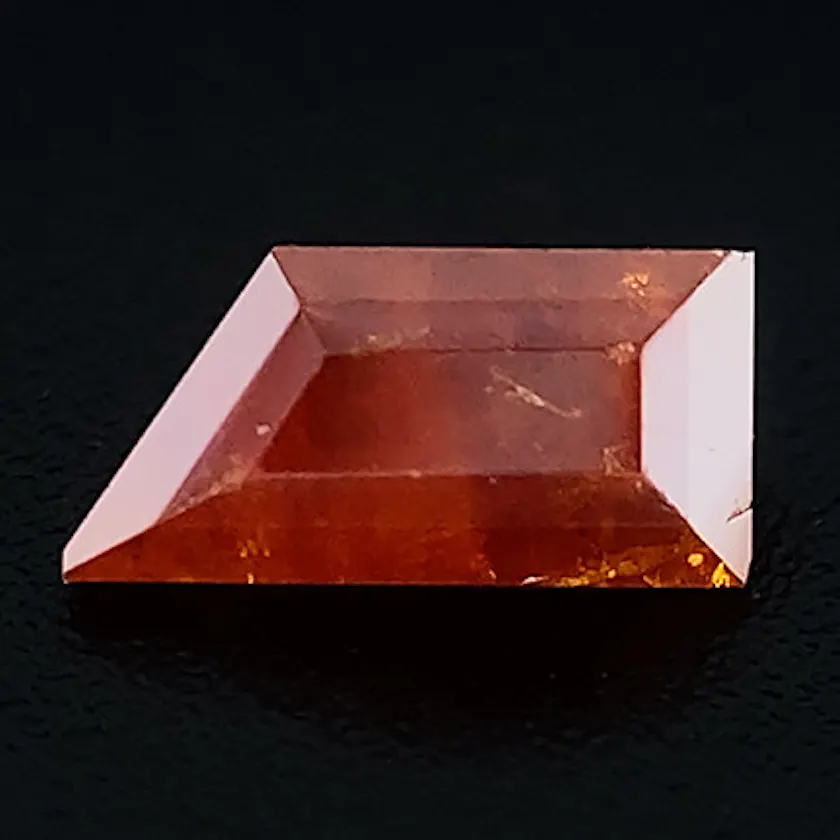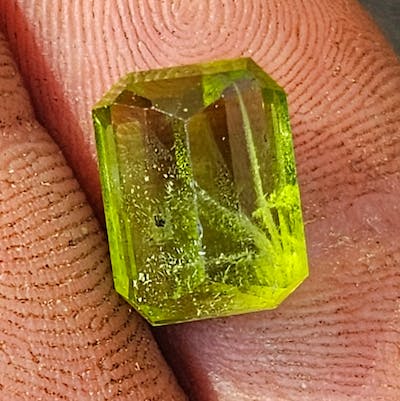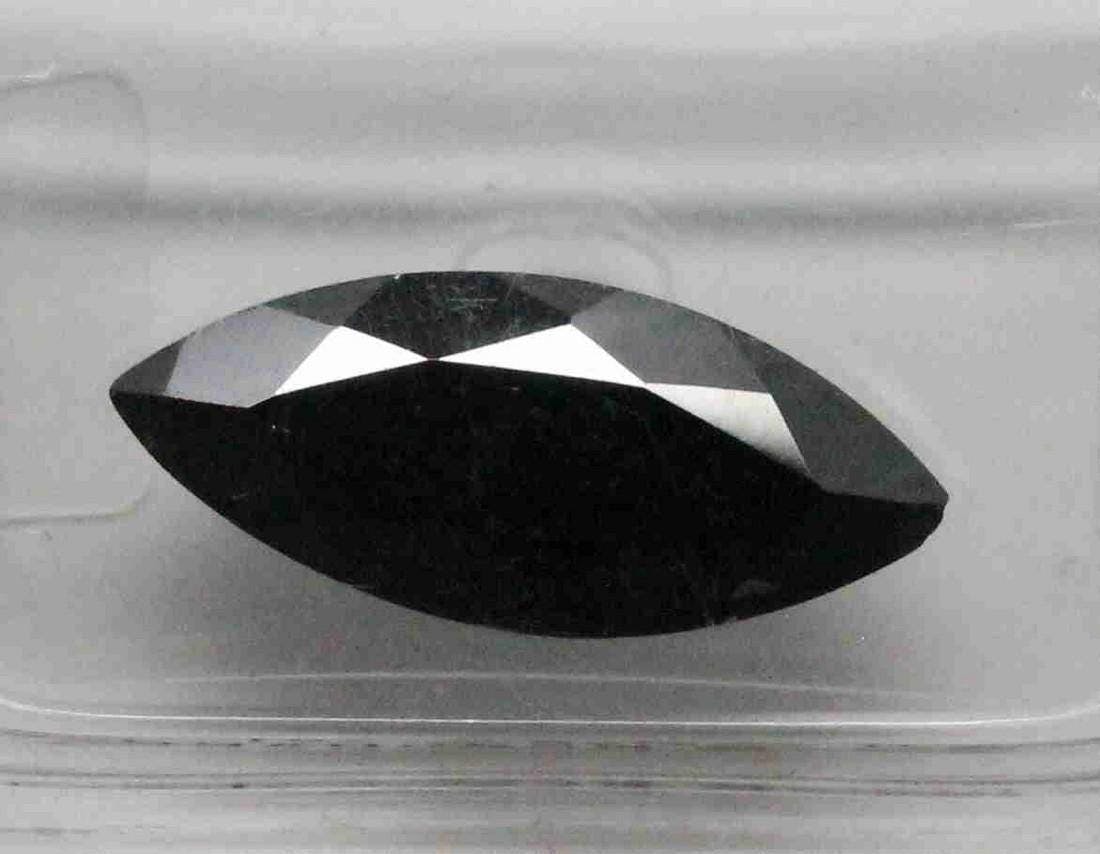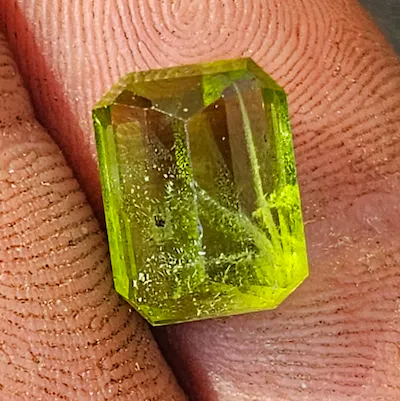News
Table of Gems Ordered by Crystal System
Discover the diverse world of gemstones with the “Table of Gems Ordered by Crystal System.” This comprehensive table, provided by the International Gem Society, organizes gems by their unique crystal systems, allowing gemologists and enthusiasts alike to deepen their understanding of these beautiful and fascinating minerals. From the cubic and tetragonal systems to the hexagonal, trigonal, orthorhombic, monoclinic, and triclinic systems, this table offers a wealth of information on gemstones’ crystal structures and shapes. Whether you’re searching for gemstones for jewelry or studying gem specimens, this table is a valuable resource for all your gemological needs.
Table of Gems Ordered by Crystal System
Cubic
- Almandine garnet
- Agate
- Aegirine
- Albite
- Amber
- Amethyst
- Andradite garnet
- Bixbyite
- Boleite
- Breithauptite
- Cacoxenite
- Cassiterite
- Chalcopyrite
- Chiolite
- Chromite
- Cinnabar
- Corundum
- Cuprite
- Danburite
- Diamond
- Elbaite (Tourmaline)
- Eosphorite
- Gold
- Hematite
- Hessoni…
- Lapis lazuli
- Lazurite
- Magnesite
- Marcasite
- Melonite
- Millerite
- Neptunite
- Nickeline
- Painite
- Papagoite
- Platinum
- Pumpellyite
- Pyrargyrite
- Pyrite
- Pyroxmangite
- Rhodochrosite
- Rhodolite garnet
- Rhodonite
- Ruby
- Rutile
- Sapphire
- Scheelite
- Sellaite
- Sinhalite
- Smithsonite
- Spinel
- Staurolite
- Stolzite
- Sphalerite
- Strass
- Strontianite
- Sulfur
- Taaffeite
- Thorianite
- Topaz
- Topazolite garnet
- Tourmaline
- Tsavorite garnet
- Uvarovite garnet
- Vanadinite
- Variscite
- Willemite
- Wulfenite
- Yugawaralite
- Zincite
- Zircon
Tetragonal
- Anatase
- Adamite
- Alexandrite
- Benitoite
- Brazilianite
- Brookite
- Cassiterite
- Danburite
- Goethite
- Grossular garnet
- Hessonite garnet
- Idocrase (Vesuvianite)
- Magnetite
- Millerite
- Morganite
- Pollucite
- Precious Beryl
- Pyrite
- Sapphire
- Sillimanite
- Sphene (Titanite)
- Staurolite
- Stibiotantalite
- Thorite
- Zircon
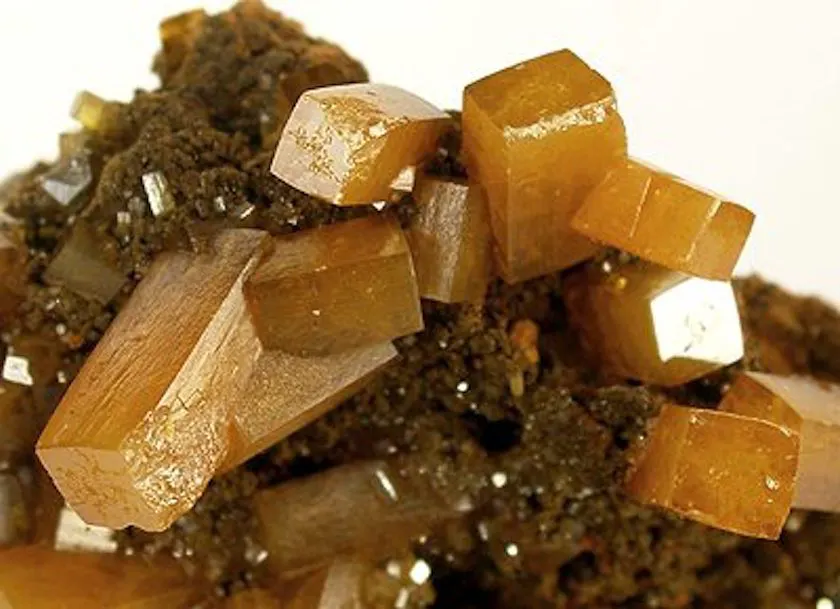
Hexagonal
- Agate
- Ametrine
- Anhydrite
- Apatite
- Aquamarine
- Beryl
- Brazilianite
- Carnelian
- Chalcedony
- Charoite
- Citrine
- Chrysocolla
- Chrysoprase
- Emerald
- Fluorite
- Gahnite
- Heliodor
- Hessonite garnet
- Lazurite
- Lepidolite
- Magnesite
- Moonstone
- Morganite
- Peridot
- Poppy jasper
- Prehnite
- Rose quartz
- Rubellite
- Sapphire
- Schorlomite
- Sillimanite
- Sodalite
- Spessartine garnet
- Spodumene
- Stichtite
- Sunstone
- Tanzanite (Zoisite)
- Topaz
- Tourmaline
- Triphylite
- True jasper
- Tsavorite garnet
- Turquoise
- Uvarovite garnet
- Watermelon tourmaline
Trigonal
- Agate
- Ammolite
- Andalusite
- Andesine
- Aragonite
- Calcite
- Cassiterite
- Cinnabar
- Dioptase
- Eudialyte
- Hemimorphite
- Leucophanite
- Manganocalcite
- Pearl
- Petalite
- Polychrome jasper
- Prasiolite
- Prehnite
- Rhodochrosite
- Rhodonite
- Rose quartz
- Rubellite
- Ruby
- Sapphire
- Sarcolite
- Sphalerite
- Spinel
- Staurolite
- Sunstone
- Tanzanite (Zoisite)
- Tourmaline
- Tugtupite
- Zoisite
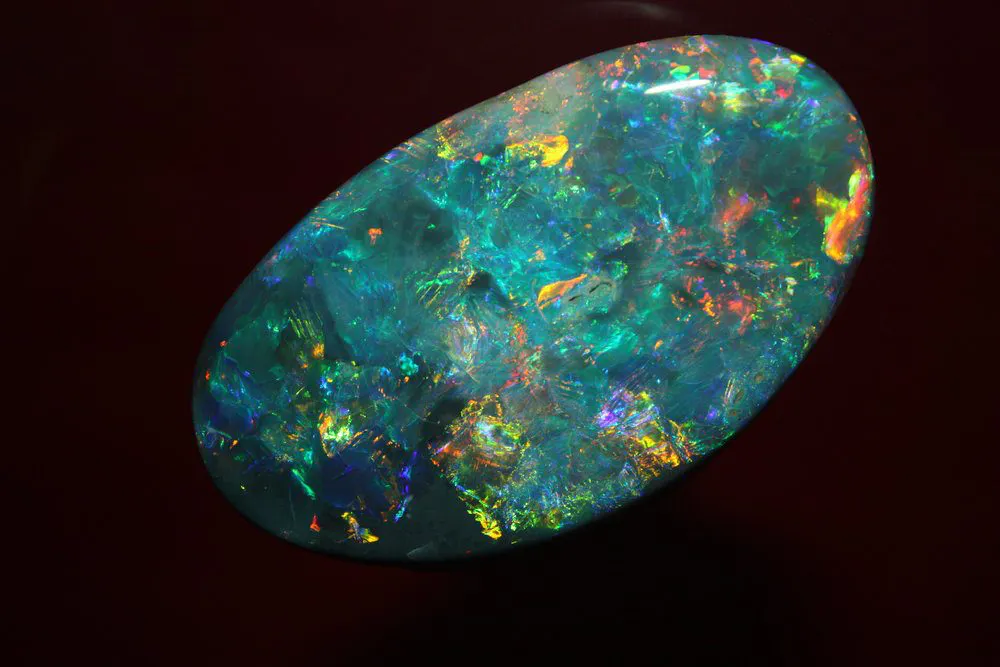
Orthorhombic
- Apatite
- Axinite
- Barite
- Bytownite
- Danburite
- Gypsum
- Iolite (Cordierite)
- Kyanite
- Manganophyllite
- Oligoclase
- Orthopyroxene
- Staurolite
- Taaffeite
- Thulite
- Turquoise
- Vesuvianite
- Wulfenite
- Zoisite
Monoclinic
- Adamite
- Alunite
- Aragonite
- Celestite
- Clinobisvanite
- Clinoclase
- Clinohumite
- Augite
- Feldspar
- Hessonite garnet
- Kunzite
- Labradorite
- Orthoclase
- Rhodonite
- Rhodochrosite
- Diopside
- Sapphire
- Sillimanite
- Staurolite
- Wulfenite

Triclinic
- Aragonite
- Azurite
- Enstatite
- Feldspar
- Labradorite
- Moonstone
- Opal
- Rhodonite
- Smithsonite
Amorphous
- Amber
- Opal
Gems come in a variety of beautiful colors and shapes, and the crystal system is one way to classify and organize them. The crystal system is determined by the internal structure of a gemstone, and it plays a role in determining the gem’s physical properties. In this article, we will explore the different crystal systems and provide examples of gems that fall into each category.
Cubic
The cubic crystal system, also known as the isometric system, is characterized by gemstones with a symmetric cubic structure. Gems in this system have equal dimensions and consist of simple repeating patterns. Some examples of gems in the cubic system include Almandine garnet, Agate, Amethyst, and Corundum.
Tetragonal
The tetragonal crystal system is characterized by gemstones with a rectangular or square shape. These gems have a single four-fold axis of symmetry and exhibit elongated or prismatic crystal forms. Examples of gems in this system include Anatase, Alexandrite, Cassiterite, and Zircon.
Hexagonal
The hexagonal crystal system is characterized by gemstones with a six-fold axis of symmetry and a hexagonal prismatic shape. Gems in this system often have a columnar or pyramidal structure. Examples of gems in the hexagonal system include Aquamrine, Beryl, Emerald, and Peridot.
Trigonal
The trigonal crystal system, also known as the rhombohedral system, is characterized by gemstones with a three-fold axis of symmetry and a trigonal prismatic shape. Gems in this system often have a triangular or rhombohedral cross-section. Some examples of gems in the trigonal system include Calcite, Amethyst, Rhodochrosite, and Tourmaline.
Orthorhombic
The orthorhombic crystal system is characterized by gemstones with three mutually perpendicular axes of different lengths. Gems in this system have a rectangular or rhombic shape. Examples of gems in the orthorhombic system include Apatite, Axinite, Gypsum, and Turquoise.
Monoclinic
The monoclinic crystal system is characterized by gemstones with three axes of different lengths, with one axis being perpendicular to the other two. Gems in this system have a trapezoidal or prismatic shape. Examples of gems in the monoclinic system include Alunite, Celestite, Augite, and Rhodonite.
Triclinic
The triclinic crystal system is characterized by gemstones with three axes of different lengths and no axis perpendicular to any other. Gems in this system have an irregular shape and do not exhibit any specific symmetry. Examples of gems in the triclinic system include Azurite, Enstatite, Moonstone, and Opal.
Amorphous
Amorphous gemstones, also known as non-crystalline gemstones, do not have a specific crystal structure. Instead, they have a disordered atomic structure. Examples of amorphous gemstones include Amber and Opal.
In conclusion, the crystal system of a gemstone is an important characteristic that can help gemologists and enthusiasts identify and categorize gemstones. From the cubic system to the amorphous system, each crystal system offers a unique set of physical properties and visual characteristics that contribute to the beauty and diversity of gemstones. Whether you prefer the symmetrical shapes of the cubic system or the irregular beauty of the triclinic system, there is a gemstone for everyone to admire and enjoy.
